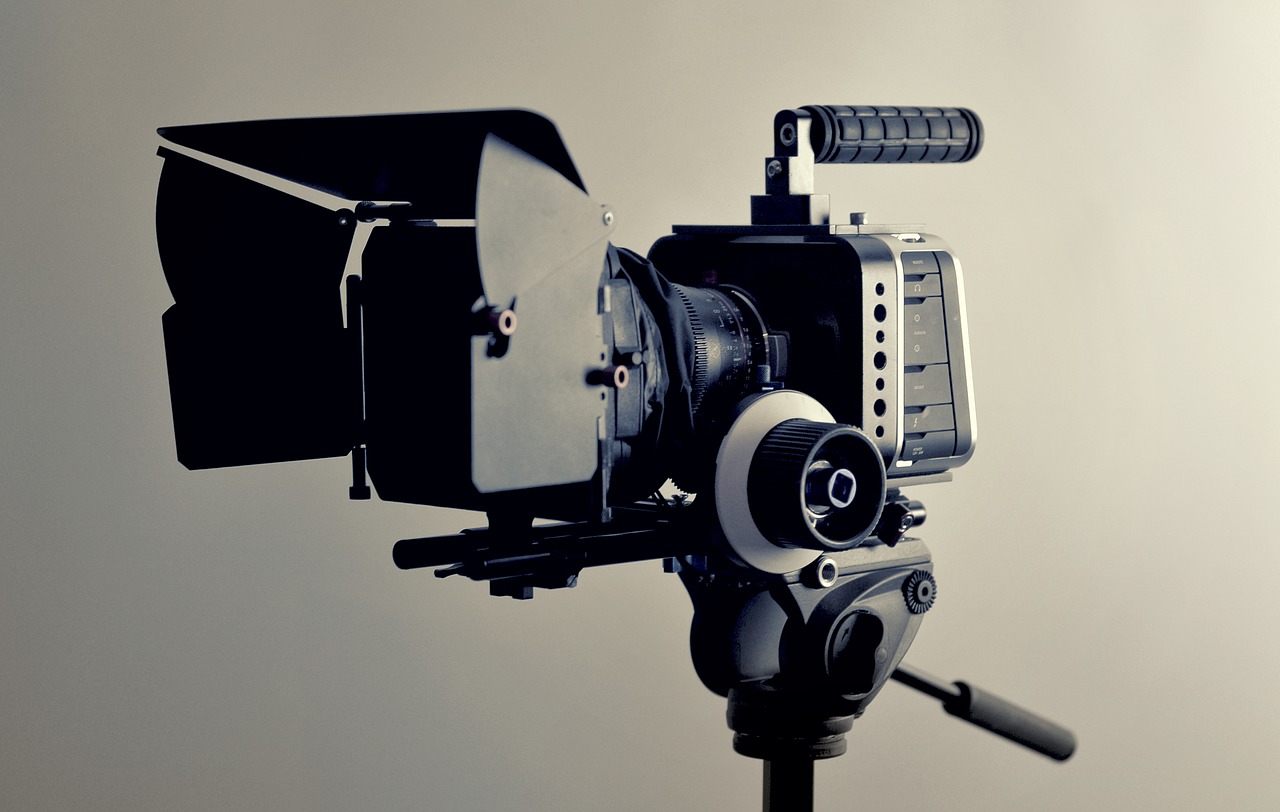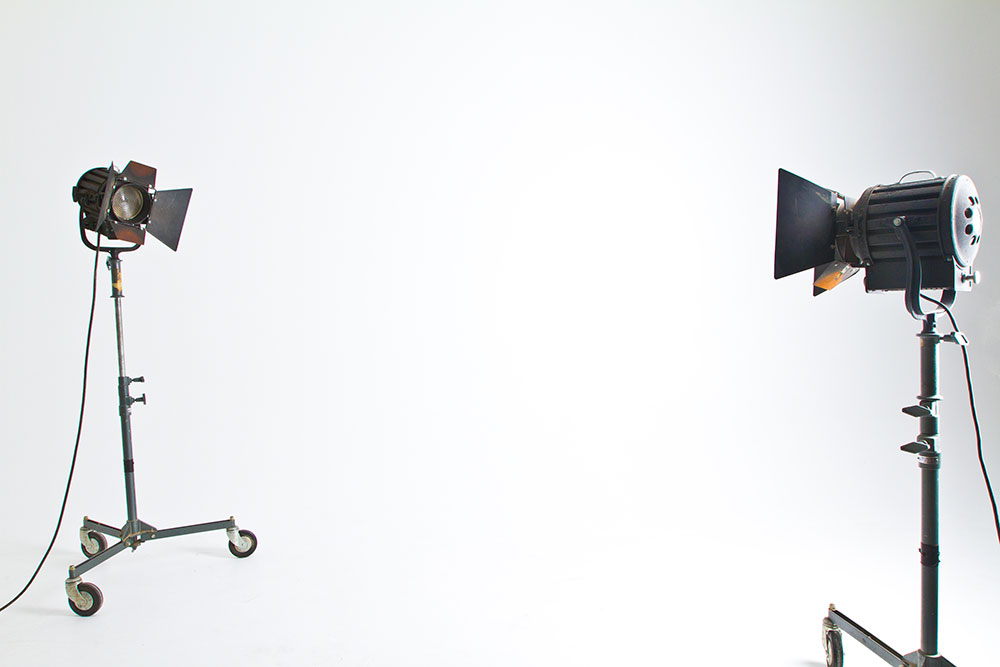The cinema has been derived from cinematograph itself, where cinematograph refers to a motion-picture camera. Well, this gives us the real picture with the camera being the heart of the movie industry. With changing times our very own bulky, black and white camera has also evolved and different variants have found their place in the industry. How do movies now have such breathtaking visuals and scenes giving us goosebumps with their picturesque attributes? It’s all about the kind of camera used to capture and present those visuals to look appealing on the big screen. Let us take a look at the list of top cameras used in the movie industry today. These cameras have been used in the most popular movies of our time. Two major categories which we are going to compare today are Red and Arri. Both the cameras have been used in a number of major Hollywood feature films. So, as far as the image quality is concerned both of them capture great quality photos suitable for theatrical releases, tv series, content for Netflix or whatever mode you are opting for.
- The basic ideology behind each camera is its target area i.e. both have been designed for different markets. Each has its own, unique strength and thus the difference between them. One is suitable for a particular kind of shot and other might be bad at that shot but really good at some other kind of a shot. There are so many intricate details that make them different on that scale.
- Resolution – Red dragon has 6k and 8k, Arri I so far restricted to 2.8k with a 4k version going to be recently launched. So greater resolution offers more freedom in terms of the capability of cropping the image. You can pan and scan in the frame as well. In effect if you imagine shooting a 1080 x project, which most movies do, you can get through your 4 different camera angles through your 8k sensor or an 8k camera angle. For instance, if you are shooting the interview with two people in the shot and you need to capture each and every gesture, background, close up shots of the people, all can be easily done with an 8k camera angle. Otherwise you’ll have to do it with multiple shorter resolution cameras, one for each kind of a shot, which is not a wise choice. There’s also a downside of higher resolution, though. The problem arises when you have to get a projector compatible with 8k resolution pictures. Even 4k resolution monitors are rare, so that’s a kind of a drawback of having a higher resolution camera. With ARRI you can have richness of colour because the resolution is lesser and thus, the pixels are bigger in size. It also improves the low light performance of the camera.
- Frame rates – Red cameras are known for their high frame rates so you can shoot 100 frames per second or even upto 150 frames per second (fps) in 4k. You get an even more decent frame rate as you higher on resolution i.e. to 6k or 8k. Whereas Arri Alexa is limited to 120 fps. The downside, in some way, of higher frame is that higher frame rate implies your frame gets cropped. But on other hand it’s not bad as no other camera gives you such a high frame rate. This is the reason that the Red cameras are a popular choice for music videos or anything that needs a slow motion kind of effect. Alexa, however, has an advantage as it has anamorphic lenses because you are allowed to shoot full 4:3 size of the sensor. But with Red the sensor is wider, so you’ll have to crop the sides for a 4:3 or 1.2:1, which makes you lose the resolution advantage.
- Lenses – Arri has an ecosystem of lenses and lights and everything is designed to work together as a group. It has full metadata support. Whereas red has different mounts for varied lenses.
- Usability – here both the cameras have their pros and cons. RED is all about the modularity. You can accessorise. You can put things together or take them apart according to your requirement. But if you don’t want to focus on small details then you could go with ARRI Alexa, it’s a package. Small sized red is better with drones or gimbos. So with Alexa if you needed a small camera, you will have to go back to the Red camera. You can just go to a corner and shoot with a red camera as if you are shooting with a DSLR . The Alexa camera is huge because of internal cooling but it has a quieter fan because it can provide dampening inside the body itself. Red has a louder fan. Having an entire camera is not bad as you have internal filters, buttons for quick access. With red you have a side support, like a DSLR camera.
- Codec – levels of compression you can choose to manage storage properly. But with storage now available at such cheap rates, now you can choose the best compression rates without any worry. But nitpicking about a few megabytes of storage is not worth it when you have other bigger problems. The upside is that the footage is still raw so you can tweak the white balance or whatever you want to do with it. With Alexa the raw footage is uncompressed. You get the full data. This results in making it easy on the CPU as it doesn’t have to decompress the files to retrieve the data.
- Workflow – Alexa workflow from shoot to screen is simpler not exactly easier. Both are pretty much the same but Alexa has fewer steps from shooting to post production. With red you have more choices, so you can do away with certain steps or incorporate some more also. That’s why it seems like there are more steps. With red you need to be aware of what you need.
- Service – Now regarding service, Red doesn’t have an in-house service centre in India but Arri does. You have to send Red cameras abroad for even small things like replacing the fan. Long waits to ship it overseas, formalities with customs is a tad discouraging. With Alexa, minor repairs are handled in India whereas for major issues, like sensor replacement, you’ll have to go the extra mile. On the other hand, red has its upgrade policy i.e. you can move onto the next version (latest product) for a decent discount, if you are planning to stick with the red family of camera. Alexa repairs cost way too much so analyse these factors properly.
Choosing between these two cameras majorly depends on your requirements. You need to understand the kind of work you have your hands on. What kind of a feel do you want in your shots? What kind of appeal or what degree of richness do you require? All of these questions form the basis for choosing the right camera.


